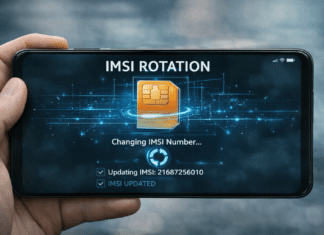This post is also available in:
 עברית (Hebrew)
עברית (Hebrew)
Increasing new security concerns worldwide have accelerated the development of a wide range of innovative solutions in the fields of first response, air defense, and more. Popular Science depicted the most transformative security innovations of 2021. Here are a few of them:
Cybersecurity
- A tool against online trackers: Firefox, the browser by Mozilla, introduced an optional feature called “Total Cookie Protection,” which limits the trails of crumbs you leave behind online.
- Password-less biometric security: Physical security keys offer an option for password-free logins or two-factor authentication. Yubico’s biometric key reads a fingerprint, a personalized marker that it stores securely and locally on the device itself. Using the USB gadget allows it and the fingerprint to work together as a multi-factor check on logins.
Counter-drone
- Directed energy: THOR (Tactical High Power Operational Responder) by the US Air Force Research Laboratory marks an important first step in bulking up drone defenses. The system emits high-powered microwaves that hurt electronics, but not people or wildlife.
First response and natural disasters
- Robotics at a wildfire scene: The Thermite RS3 developed by Howe & Howe and Textron Systems is a robot that can help put out flames without risking the lives of firefighters. The remotely operated RS3 rolls on tank treads, sports thermal and optical cameras, and can blast 2,500 gallons of water a minute.
- A mobile network and disaster response center: The Tactical Humanitarian Operations Response (THOR) by Verizon Frontline is a mobile all-in-one vehicle built for disaster response. The rig can restore cell service on its own 5G or LTE mobile network, which is powered by a small retractable cell tower and satellite uplinks. THOR can also launch a tethered drone or a fleet of winged robots to see the surrounding area.
Explosive analytics
- Analyzing the debris left over after a bomb blast can lead to a better understanding of the explosive, and inform the design of better armor. US DEVCOM Soldier Center developed the Fragmentation Rapid Analysis Generator using Computed Tomography, or FRAG-CT. The tool can process data from a test range 200 times faster than the current method by collecting 3D images of fragments, according to popsci.com.

























